T4K3.news
AR Glasses Rise
Qualcomm and VoxelSensors team up on SPAES 3D sensing to boost AR glasses power efficiency and wearability.
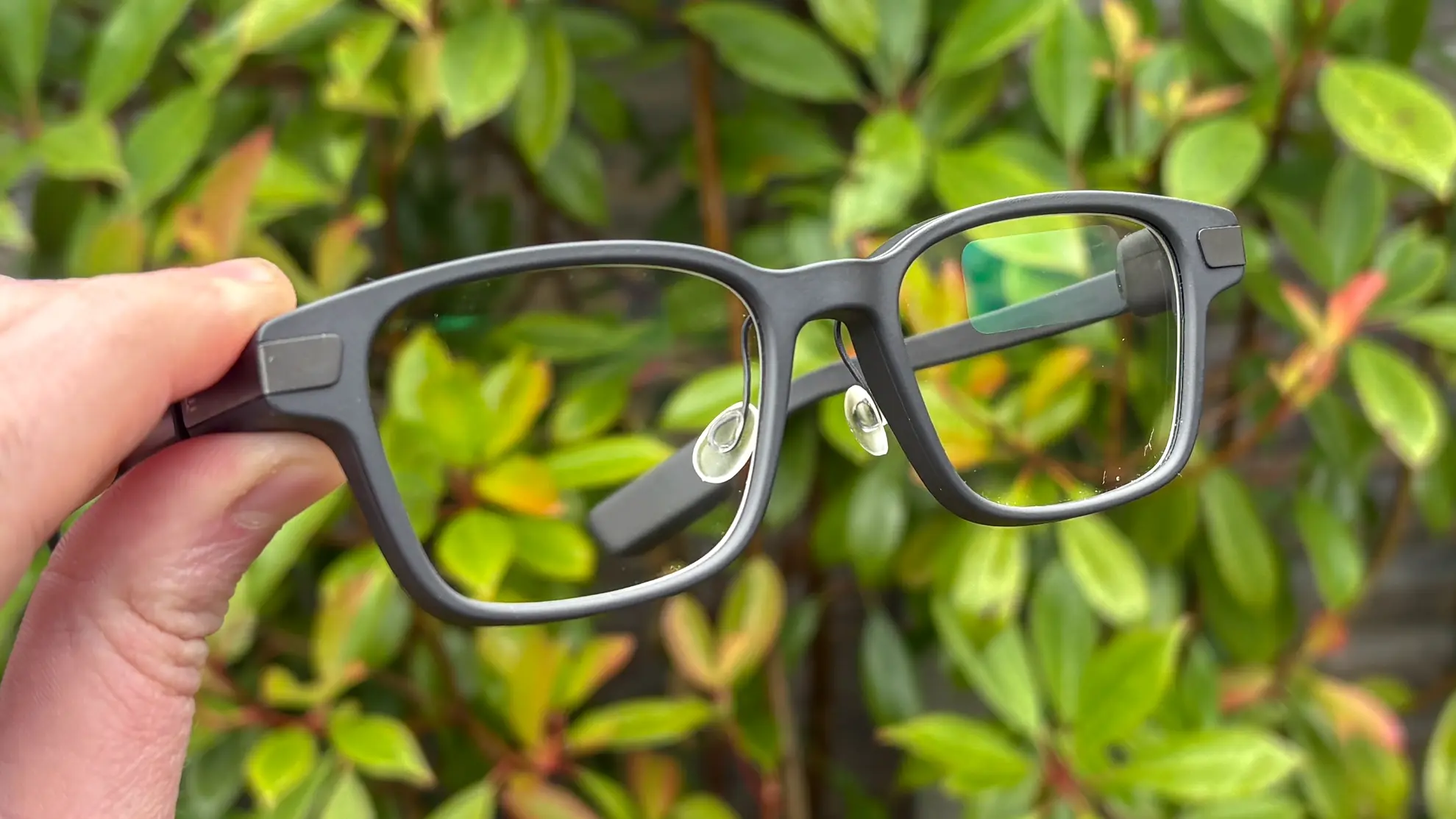
Qualcomm teams with VoxelSensors to bring SPAES 3D sensing to Snapdragon XR, boosting power efficiency and expanding wearability.
AR Glasses Reach All Day Use With New 3D Sensing Tech
Qualcomm and Belgian deep‑tech startup VoxelSensors are partnering to bring Single Photon Active Event Sensor 3D sensing, or SPAES, to Snapdragon XR platforms. The goal is to cut power use by up to 10x and reduce latency in XR apps on smart glasses, making lighter, all‑day wear more realistic and unlocking broader spatial computing use cases.
The technology is planned for Snapdragon AR2 Gen 1 platforms, with availability to customers by December 2025. The collaboration could influence future devices powered by Snapdragon XR chips, including examples like the TCL RayNeo X3 Pro and Snap Spectacles, by delivering more efficient, immersive experiences without the need for bulky batteries.
Key Takeaways
"We see great potential for small, lightweight AR smart glasses that consumers can wear all day."
Direct quote from Ziad Asghar about wearability.
"For the XR industry to expand, Qualcomm Technologies is committed to enabling smaller, faster, and more power-efficient devices."
Direct quote on industry goals.
"VoxelSensors’ technology offers the potential to deliver higher performance rates with significantly lower power consumption, which is needed to achieve this vision."
Direct quote on efficiency and vision.
The move fits a clear industry push to make AR wearables practical for everyday use. If SPAES delivers on real power savings and lower latency, it could shift AR glasses from niche gadgets to common accessories. That would widen possibilities from product recognition to real‑time navigation while you walk and shop.
Yet hardware advances alone do not guarantee success. The ecosystem needs affordable manufacturing, strong developer tools, and compelling software to accompany the hardware. If costs rise or the tech struggles with heat or reliability, the promise of all‑day AR wear could stall.
Highlights
- All-day AR is finally within reach.
- Tiny sensors, big steps for wearables.
- Spatial computing moves from lab to everyday specs.
- Power smart glasses could change how we navigate the world.
The real test is turning prototypes into gear people forget they are wearing.
Enjoyed this? Let your friends know!
Related News
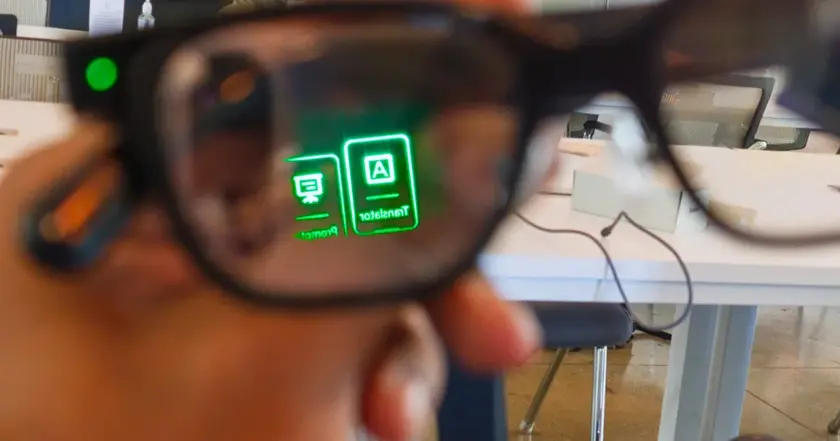
Rokid AI Glasses launch on Kickstarter
Pixel event faces scrutiny

Monterey Car Week shows restomods gain ground
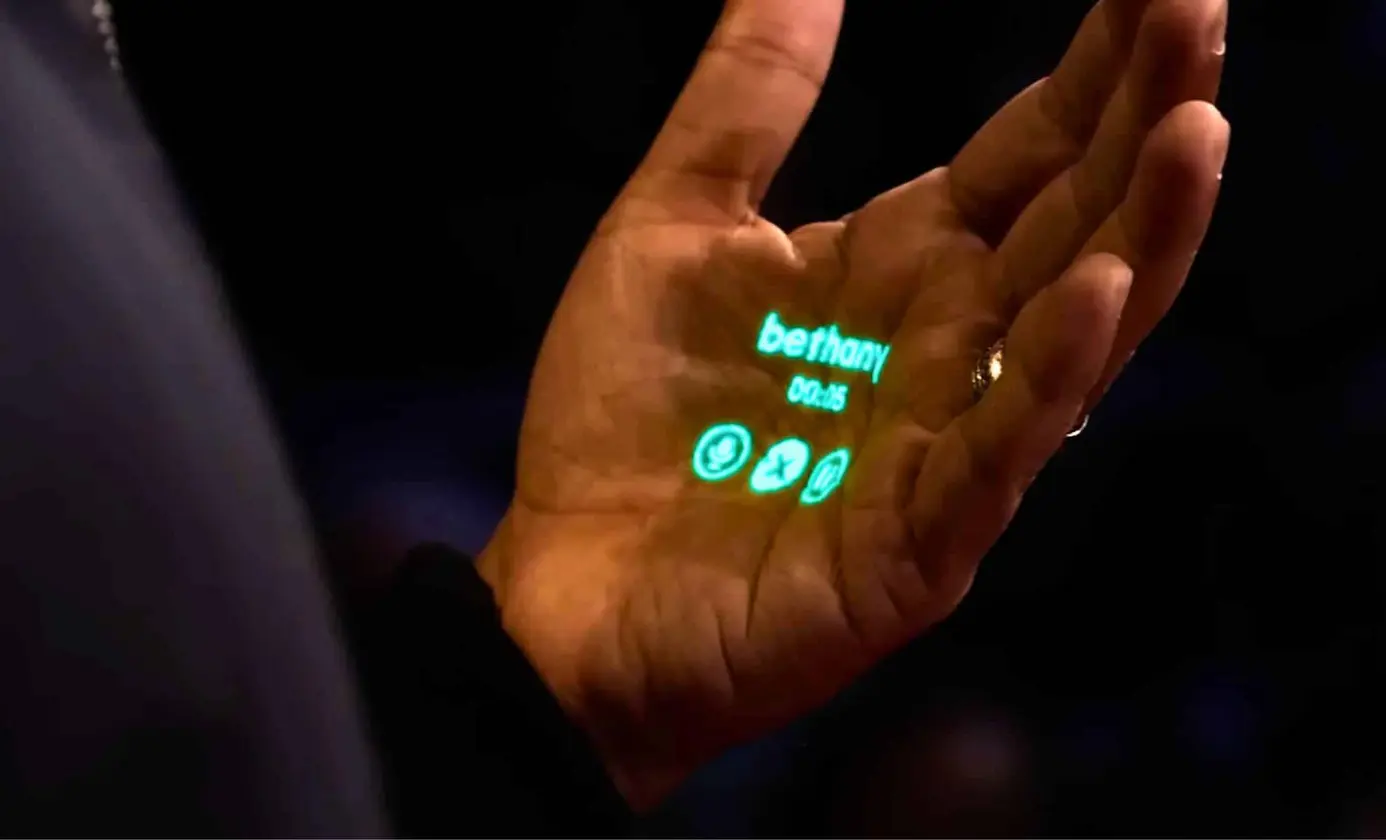
Samsung plots display free glasses in 2026

HTC unveils Vive Eagle AR glasses
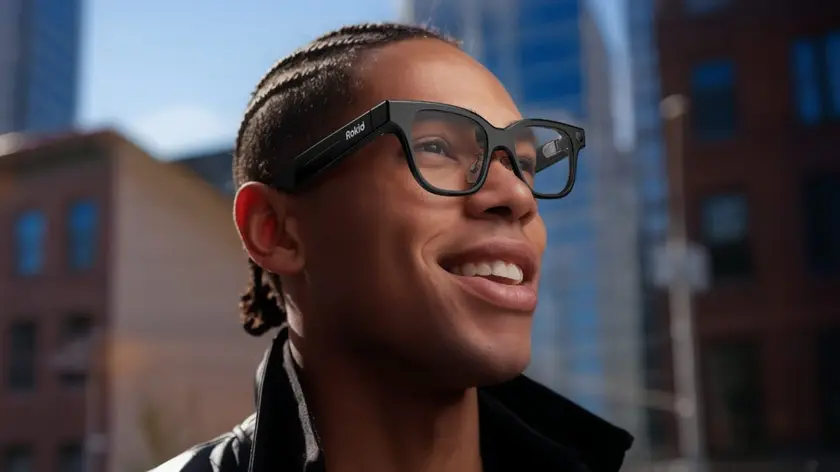
Rokid Glasses set to challenge Meta Ray-Bans

Snap OS 2.0 update
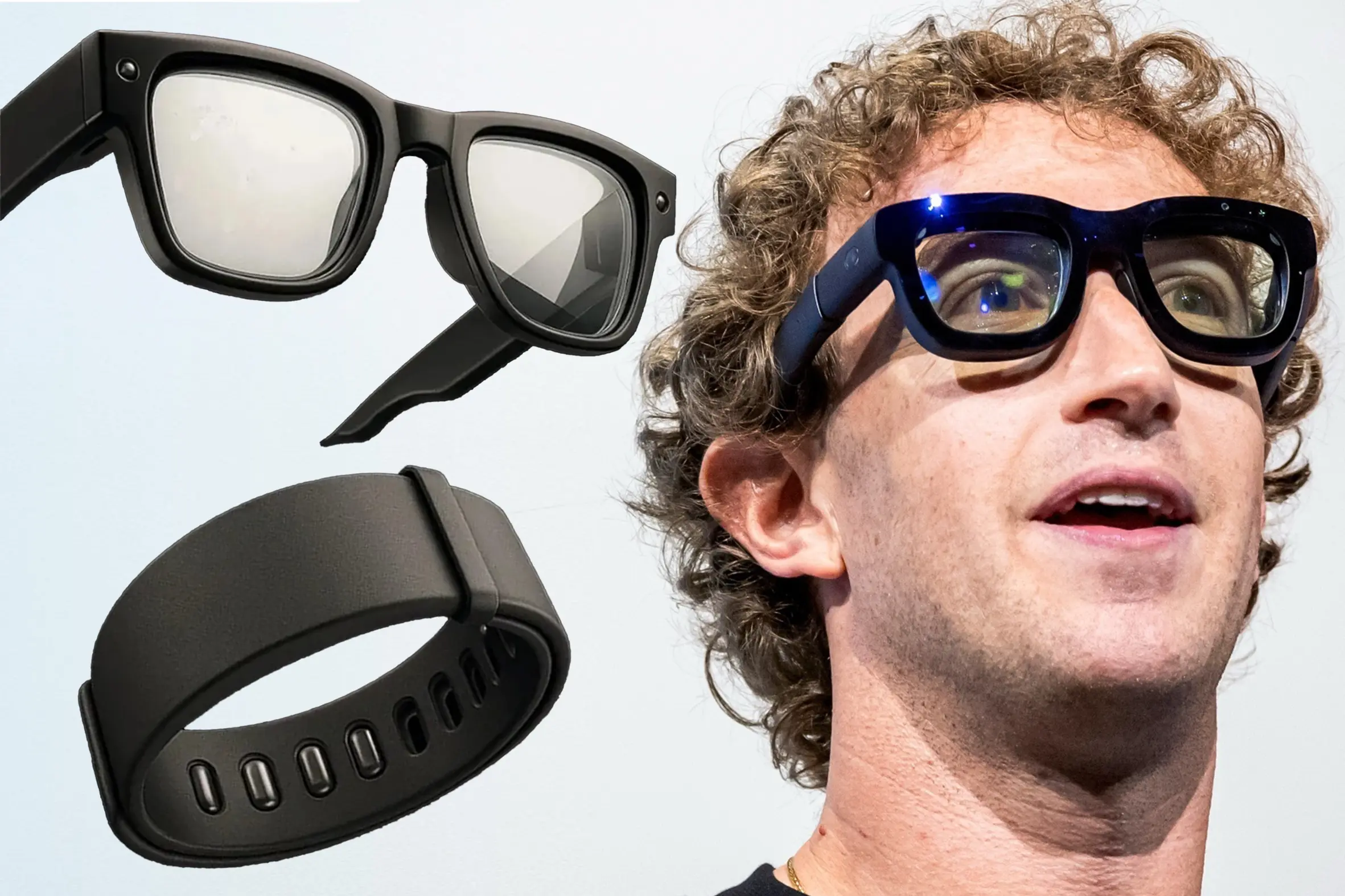
Meta Connect 2025 updates arrive
